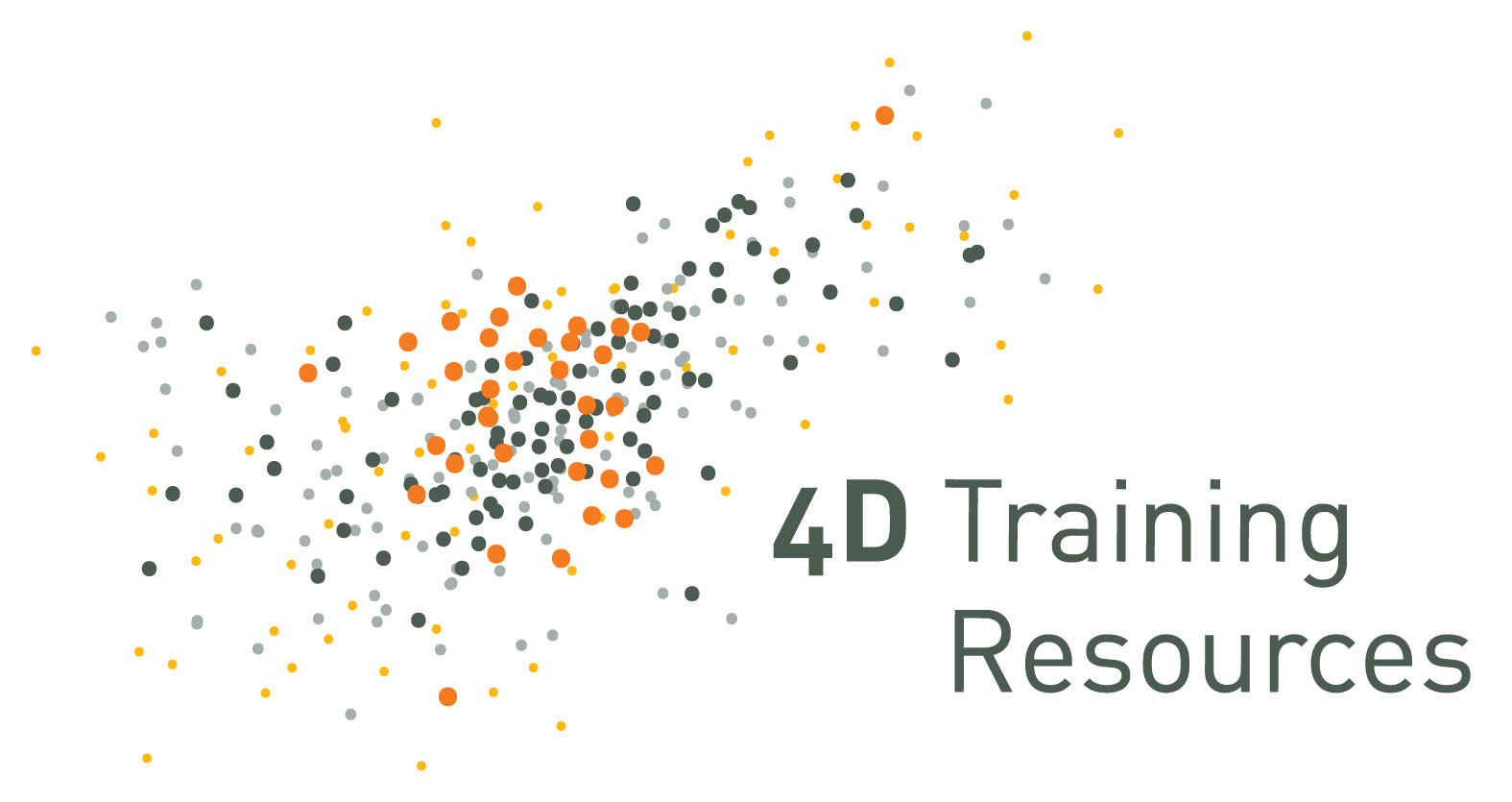Dealing With Change Simulation

Managers are often just as stressed as employees by the rigors of change and don't always have the time or the skills necessary to anticipate all of their employees' emotional and professional needs. So, too often, employees feel resentful, confused, fearful, or resistant – and the change effort stalls.
Dealing with Change offers a proactive, 5-step plan for coping with the challenges of organizational change. This business simulation takes a focused, personal, and proactive approach to managing the emotional side of change, helping employees learn how to regain a sense of control and turn negative emotions into positive actions.
Learning Outcomes
- Learn 12 actions that will help regain a sense of control
- Discover how to turn negative emotions into constructive action
- Explore the benefits of a proactive approach to change management
Theory
A study of the relevant literature on change management inspired the model for Dealing with Change. The 5 Steps to Personal Change Management are based on the actions most often described in the literature as crucial for employees to take if they want to survive and thrive during organizational change.
How It Works
Through an introductory scenario, participants imagine that they are in the midst of a difficult and frustrating change initiative. Then they rank order a list of 12 action items that will help them to participate positively in the change effort. Participants compare their scores to the expert ranking and discover how well they are managing change. Finally, an easy-to-learn, 5-step plan shows them how to transfer the learning back on the job.
Uses for Dealing with Change
Dealing with Change is effective when used as a stand-alone resource or as part of a larger change management program. Use Dealing with Change:
- Before an organizational change effort is launched
- To surface issues and concerns that are causing problems in the midst of change
- As a discussion starter
What to Order/Product Contents
Order one Facilitator Guide per facilitator and one Participant Guide per participant.
Facilitator Guide includes:
- Administrative guidelines
- Theoretical background
- Change-related scenario
- 5 Steps to Personal Change Management
- Ranking and rationale for the 12 change-management actions
Participant Guide includes:
- Change-related scenario
- Pressure-sensitive response form
Change Management > Course 1015 - Change Reaction
Change Management > Course 1016 - Mastering the Change Curve
Change Management > Course 1017 - Leading Change at Every Level
Change Management > Course 1019 - Interpersonal Influence Inventory
Change Management > Course 1020 - Influencing with Assertive Communication
Related Reproducible Training Library Titles
Change Management > Course 1050 - Leading Through Change
Change Management > Course 1051 - The Art of Effective Communication
Change Management > Course 1052 - The Art of Influencing Others
These programs come ready-to-deliver and include a Facilitator's Guide, Participant Guide and PowerPoint presentation or register for an in-house session.

